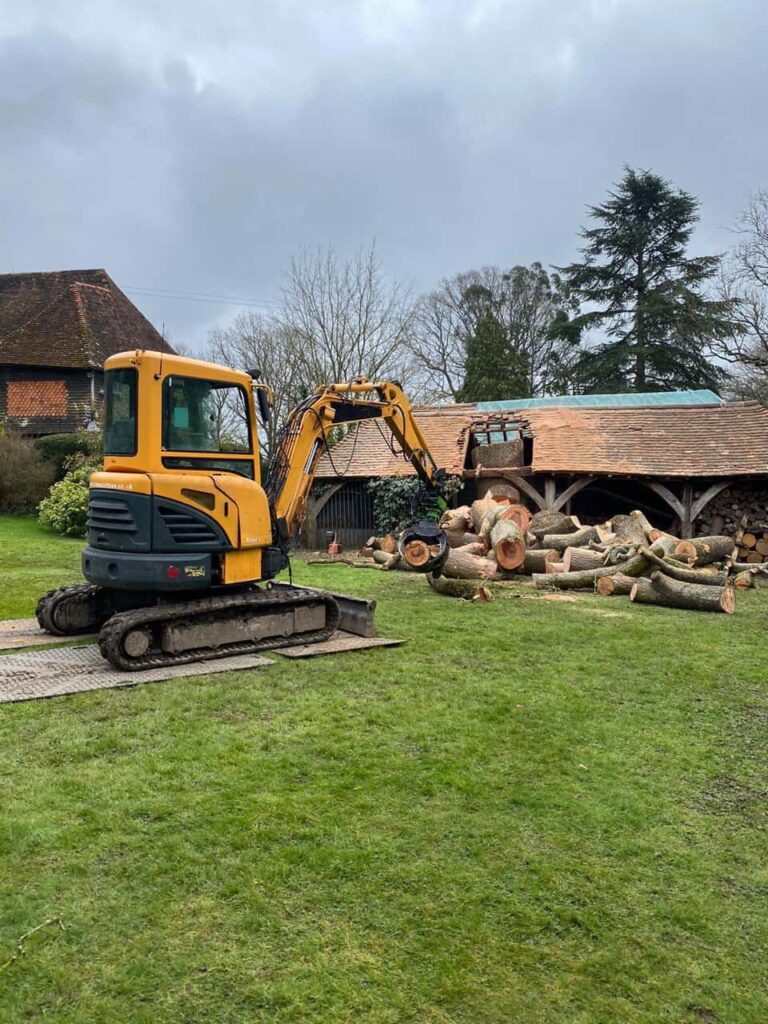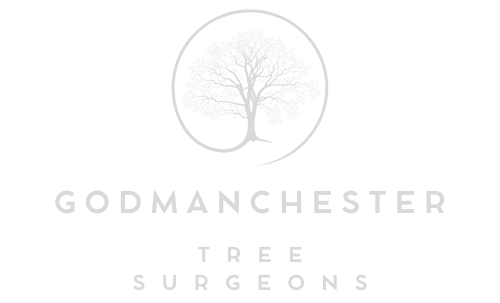The Secret to Low-Maintenance Tree Shapes? Regular Trimming
Introduction
Maintaining a tidy, attractive garden often starts with your trees — and keeping them in shape doesn’t need to be a burden. The key lies in regular trimming. While it may seem counterintuitive, giving trees a routine trim actually reduces the need for heavy pruning or corrective work down the line. It’s a small, consistent effort that leads to healthier trees, cleaner lines, and far less hassle overall.
At Godmanchester Tree Surgeons, we help homeowners across Godmanchester and Cambridgeshire achieve the perfect balance between form, function, and minimal upkeep. Whether you’ve got a stately oak or a fast-growing ornamental tree, regular trimming makes all the difference.
Why Tree Shape Matters
Beyond aesthetics — it’s about balance and health
The shape of a tree isn’t just about making your garden look neat. It’s also critical to how the tree grows, how it handles wind and weather, and how it coexists with nearby structures or other plants.
Poorly shaped or unbalanced trees can:
- Develop weak branches that snap easily
- Grow into buildings, driveways, or power lines
- Block sunlight to lawns and flower beds
- Encourage disease due to poor airflow in dense areas
A well-maintained shape supports even growth, a strong central structure, and visual harmony across your outdoor space.
The Role of Regular Trimming
Little and often keeps big problems away
Regular trimming means minor adjustments — not drastic cuts. By shaping and refining the canopy gradually, you encourage the tree to grow in a healthy, manageable pattern. It’s a bit like giving the tree a tidy-up haircut instead of waiting for a full restyle.
Benefits of regular trimming:
- Prevents overgrowth and unruly limbs
- Encourages strong, well-positioned branches
- Controls size without stressing the tree
- Reduces debris and fallen twigs
- Supports flowering and fruiting in ornamental trees
Most importantly, trees that are regularly trimmed are far less likely to need major pruning later — saving you time, effort, and potential disruption.
Signs a Tree Needs Trimming
Don’t wait until it’s too late
Even well-behaved trees will give off signs when it’s time for a trim. If you spot any of the following, it’s a good time to bring in the professionals:
- Branches crossing or rubbing together
- Excessive shading or loss of light in your garden
- Growth towards buildings, fences, or wires
- Dead or broken branches that haven’t fallen
- Uneven canopy or excessive leaning
Catching these signs early and addressing them with light trimming helps preserve the tree’s form and prevent larger issues down the road.
Trimming Techniques Used by Professionals
There’s a method behind every cut
At Godmanchester Tree Surgeons, our approach to trimming is both strategic and species-specific. We aim to maintain natural shape while supporting health and structural integrity.
1. Crown Thinning
Removes selected branches to reduce density, improving light flow and reducing wind resistance without changing the tree’s silhouette.
2. Crown Lifting
Clears the lower branches for improved ground clearance — ideal near paths, driveways or garden areas.
3. Formative Pruning
Best done on young trees, this method guides their growth into a strong, attractive structure from an early stage.
4. Selective Reduction
Used to shorten specific limbs that are becoming too dominant or invasive, ensuring the tree maintains a balanced appearance.
Our team always makes clean, precise cuts with long-term health in mind — no rough snipping or unnatural shapes.
When to Trim for the Best Results
Timing is everything
Most trees benefit from trimming during their dormant season, typically between late autumn and early spring. This reduces stress on the tree and allows it to heal more efficiently. However, certain species and situations may call for summer maintenance — especially if you’re managing shape or clearing overgrowth.
General guidance:
- Deciduous trees: Trim in winter while dormant
- Evergreens: Trim in late spring or early summer
- Ornamentals and fruit trees: Trim after flowering or fruiting
At Godmanchester Tree Surgeons, we advise on the ideal schedule based on your tree’s type, age, and condition.
Conclusion
Regular trimming is the unsung hero of low-maintenance tree care. With a little attention each year, you can enjoy elegant, healthy trees that enhance your garden without overwhelming it. This approach is far more efficient (and affordable) than waiting for problems to appear and then having to fix them in a hurry.
If your trees are starting to feel a bit overgrown — or you want to keep them looking their best without future headaches — get in touch with Godmanchester Tree Surgeons. We provide expert tree care throughout Cambridgeshire, tailored to the needs of your space and species. Let us keep your trees neat, safe, and effortlessly manageable year after year.
Call us on: 01480 270 985
Click here to find out more about Godmanchester Tree Surgeons
Click here to complete our contact form and see how we can help with your tree needs.

